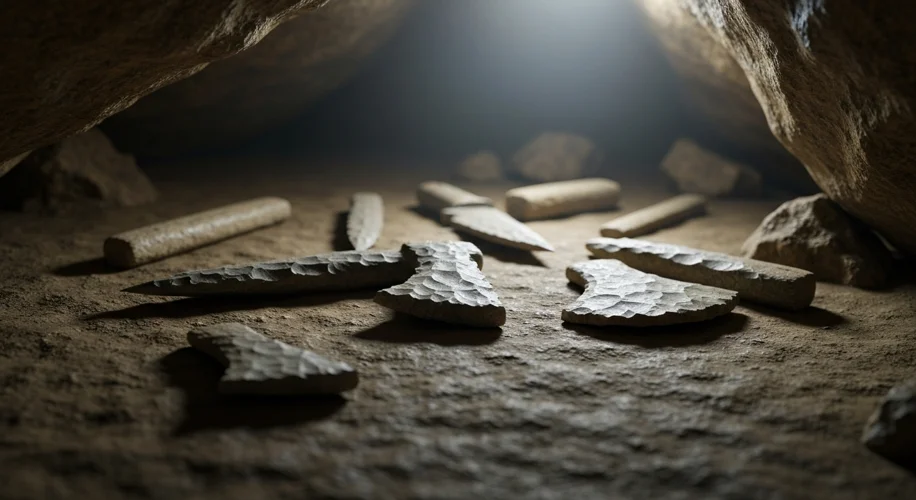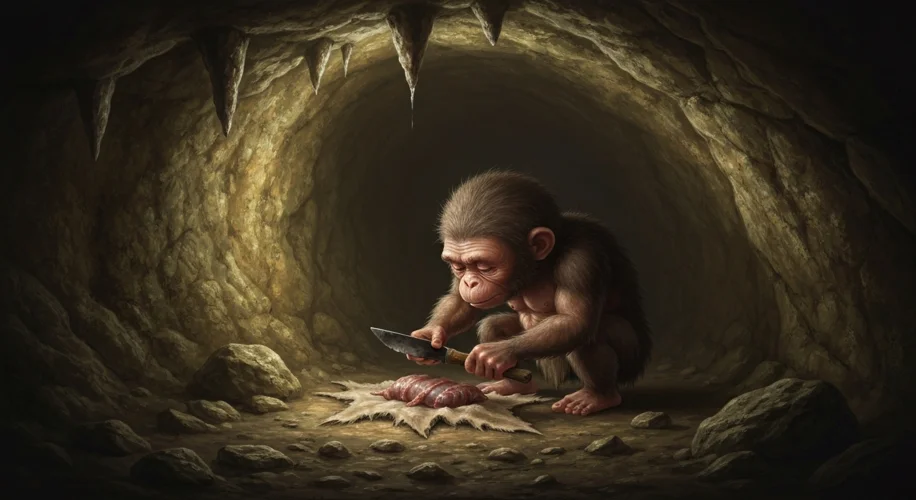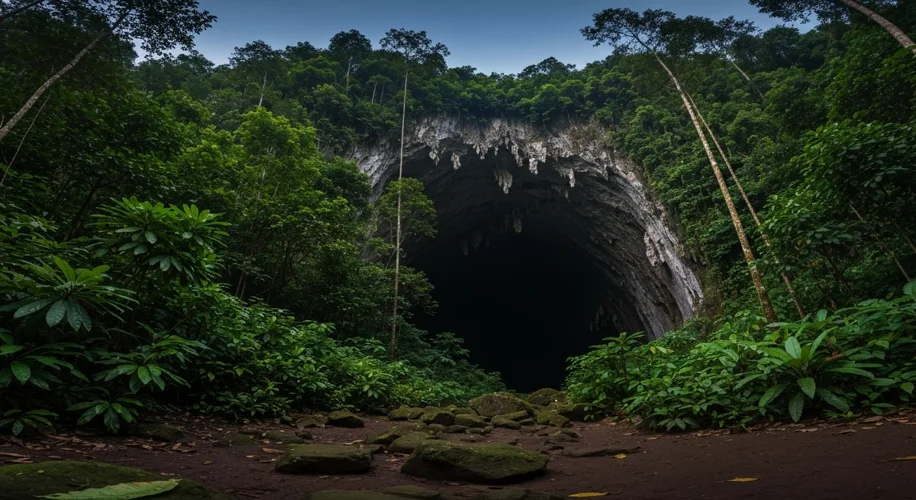The year is 2003. On the Indonesian island of Flores, a team of spelunkers makes a discovery that will send ripples through the world of paleoanthropology. Deep within the Liang Bua cave, they unearth the remains of a diminutive human ancestor, standing barely a meter tall. Dubbed Homo floresiensis, and quickly nicknamed the ‘Hobbit’ by the press, this ancient human was unlike anything seen before.
For years, the ‘Hobbit’ remained an enigma. How did such a small-brained, small-bodied hominin survive on Flores? What was its daily life like? What tools did it wield? The answers have been tantalizingly out of reach, shrouded by the mists of time and the island’s remote location.
But now, a glimmer of light is piercing the darkness. Recent excavations in the Liang Bua cave system have yielded a treasure trove of stone tools, meticulously crafted and surprisingly sophisticated. These artifacts, dated to a period overlapping with the presence of Homo floresiensis, offer a tangible link to the lives of these fascinating ancient islanders.

Imagine the scene: the flickering light of a torch illuminating the rough, uneven walls of the cave. Hands, perhaps smaller than our own, carefully shaping a piece of stone. The rhythmic tap-tap-tap of one stone against another, slowly transforming a raw material into a functional object. These were not crude, accidental flakes. The tools discovered, including scrapers, points, and blades, exhibit a level of skill and planning that challenges our assumptions about the cognitive abilities of Homo floresiensis.
For decades, the prevailing scientific consensus was that small brains equated to limited intelligence and technological capacity. The ‘Hobbit,’ with a brain size comparable to a chimpanzee, seemed to confirm this. Yet, these stone tools tell a different story. They speak of innovation, adaptation, and a deep understanding of the materials available. The inhabitants of Flores were not simply surviving; they were thriving, utilizing their environment and their ingenuity to carve out an existence.
What does this discovery mean for our understanding of human evolution? It suggests that intelligence and technological prowess are not solely tied to brain size. The unique evolutionary pressures of island life – limited resources, isolation, and potentially different predator-prey dynamics – may have driven Homo floresiensis to develop different, yet equally effective, strategies for survival and tool-making.

These tools likely served a variety of purposes: butchering the small elephants and giant rats that once roamed Flores, scraping hides for clothing or shelter, or perhaps even as weapons for defense. Each artifact is a whisper from the past, a testament to the resourcefulness of our ancient relatives.
Furthermore, the discovery of these tools alongside skeletal remains dating to different periods adds crucial context to the timeline of Homo floresiensis. It helps us map their presence on the island and provides a richer picture of their long and complex history. It also raises new questions: were these tools made by Homo floresiensis exclusively, or were other hominin species present on Flores during these periods? The ongoing research aims to answer these very questions.

The implications are profound. The ‘Hobbit’ might have been small in stature, but its story, as revealed by these carefully chipped stones, is growing larger and more complex with every new find. This discovery is a powerful reminder that the story of human evolution is far from over, and that the most unexpected chapters may be waiting to be unearthed in the most remote corners of our planet. The silent language of these stones is finally beginning to speak, and we are listening.

